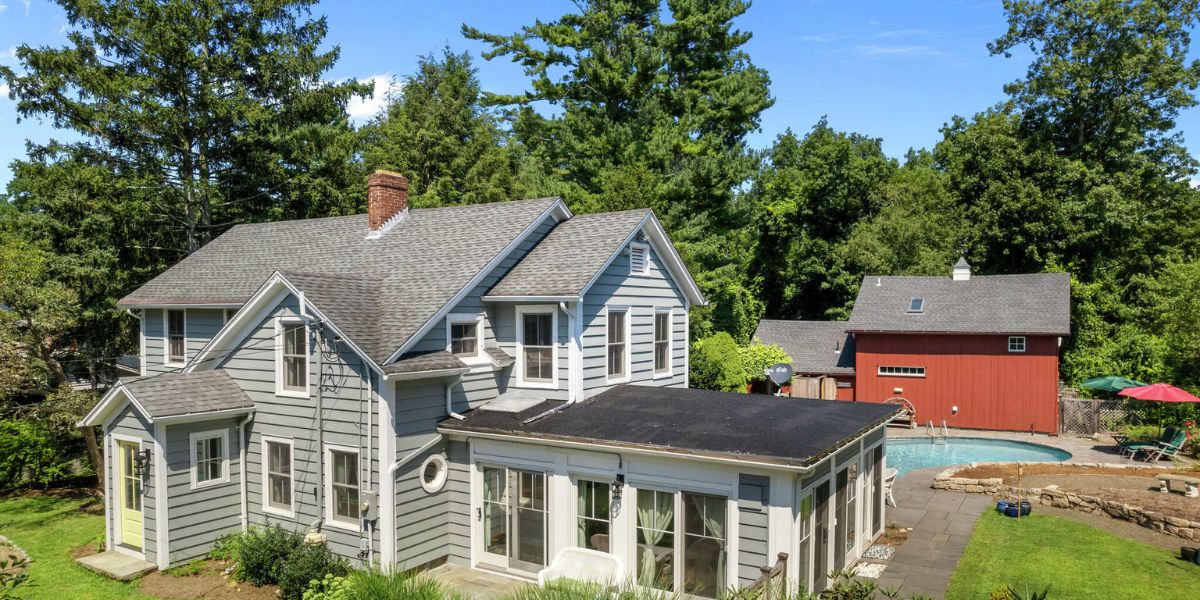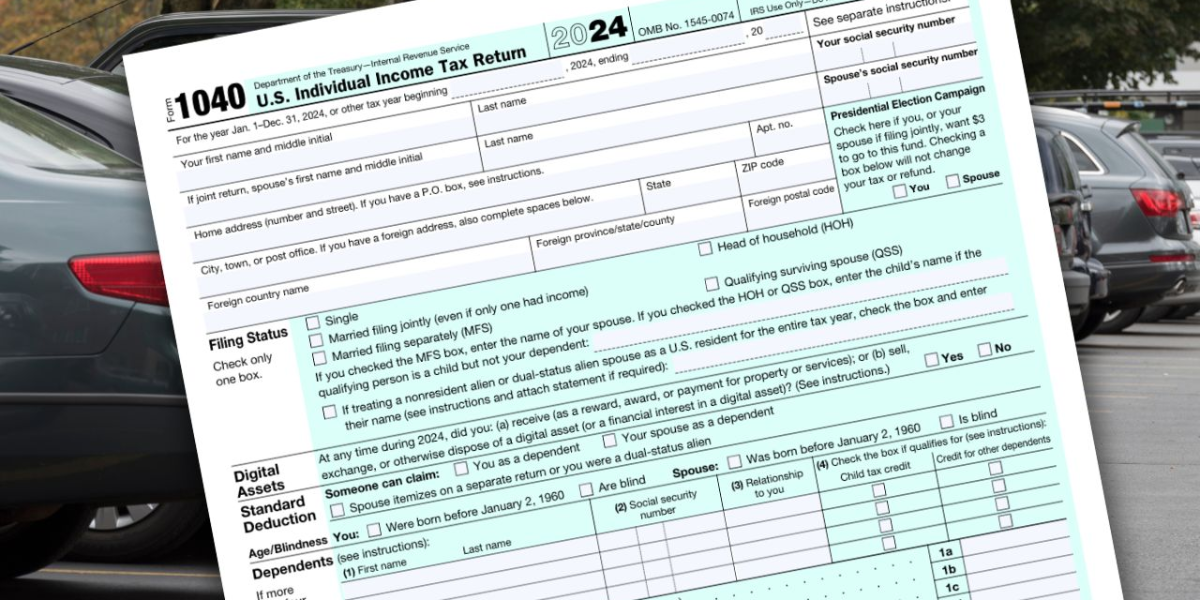For many homeowners in Arkansas, selling their property today could trigger a costly and unexpected tax bill. A federal capital gains rule that hasn’t been updated in more than 25 years is quietly turning home appreciation into a liability—and it’s catching many longtime Arkansans off guard.
According to a new National Association of REALTORS® report, 11.5% of Arkansas homeowners have gained enough equity to exceed the $250,000 federal capital gains exclusion limit for single filers.
Meanwhile, 1.37% have already surpassed the $500,000 limit for joint filers. In a state where housing affordability has long been a draw, these high exposure rates underscore just how much values have grown—and how outdated the tax thresholds have become.
A federal rule that hasn’t kept up
Under current law, homeowners can exclude up to $250,000 in profit when selling a primary residence—or $500,000 for married couples. The policy was established in 1997 to simplify tax reporting and protect most middle-class sellers. But since then, home prices have surged more than 260% across the country. The exclusion limits, however, haven’t moved an inch.
If those caps had been adjusted for inflation, they’d now be roughly $660,000 and $1.32 million. Instead, many Arkansans are finding themselves subject to capital gains tax on their home sale, even when the appreciation came from simply holding onto their home over time.
And because Arkansas treats capital gains as regular income, homeowners here face both federal and state tax bills. The state tax rate tops out around 5.5%, meaning some sellers could owe tens of thousands when they move.
Real growth, real consequences
Home price appreciation has been particularly strong in Northwest Arkansas and Little Rock, where demand continues to rise. More homeowners are learning that their “forever home” may have quietly appreciated past the tax-free threshold—making downsizing or relocating significantly more expensive.
This tax burden often catches people off guard, especially retirees who planned to use their home equity to fund long-term care or assist family. Many are now learning how capital gains tax works on real estate, just as they begin making life-altering financial decisions.
As a result, many are choosing not to sell at all. Economists call it a “stay-put penalty.” The tax discourages mobility, leaving fewer homes available to first-time or move-up buyers—and tightening inventory across the board.
The Problem Is Poised to Worsen
By 2035, the share of homeowners in Arkansas projected to exceed the $250,000 exclusion will climb even higher. According to NAR forecasts, more than 39% of Arkansas sellers may be affected in just 10 years, and over 8.80% will cross the $500,000 cap.
That means the tax impact will no longer be limited to select zip codes or high-end homes. Even modest properties in growing areas may begin triggering significant capital gains bills. It’s a key reason analysts warn the housing market is becoming gridlocked, even in states like Arkansas where prices were once considered a bargain.
Can Policy Unlock Inventory?
To address the issue, housing advocates are backing the More Homes on the Market Act, a bipartisan proposal that would double the capital gains exclusions and index them to inflation going forward.
“Equity shouldn’t be a trap,” says Shannon McGahn, chief advocacy officer for the National Association of REALTORS®. “It should be a stepping stone for the next chapter”.
Until then, Arkansas homeowners nearing retirement—or sitting on decades of appreciation—should speak to a tax advisor and review strategies for reducing their capital gains burden. Awareness today could save thousands tomorrow.




